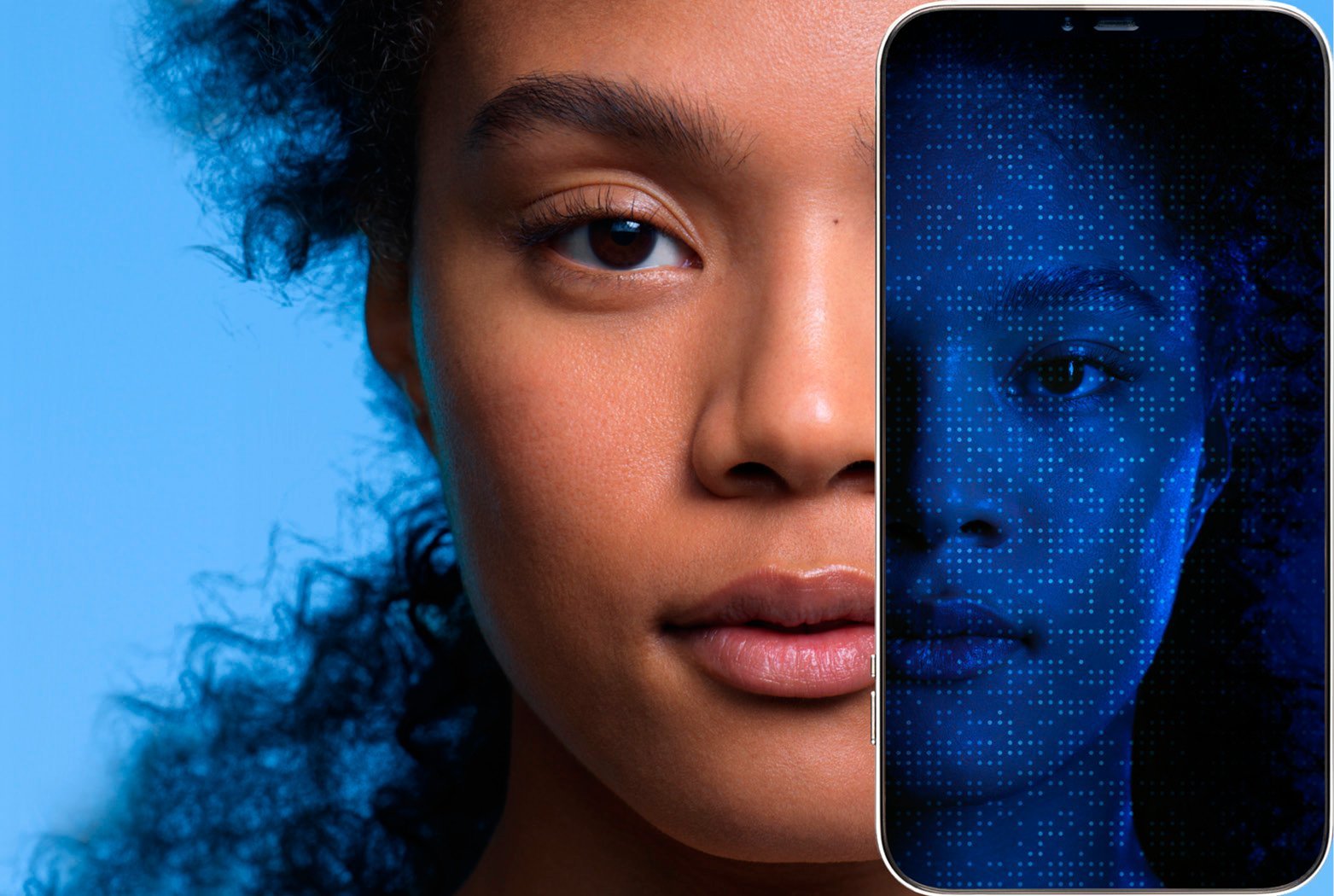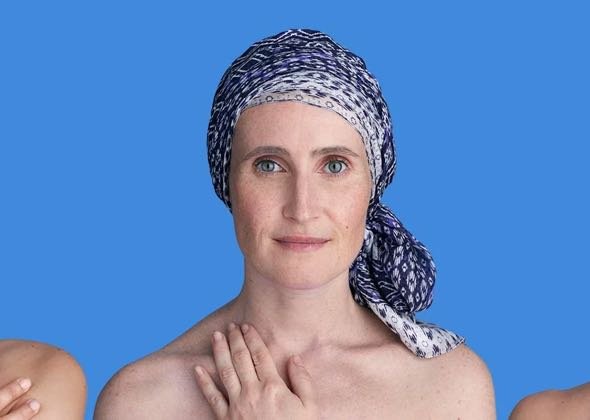POST-ACNE MARKS AND SCARS:
WHAT ARE THEY?
Inflammation caused by spots can leave persistent red or brown dark marks on skin
Red marks
Acne spots are a hotbed of inflammation that can leave scars and dark marks. The skin reacts by increasing blood flow to the area, carrying “soldier” white cells to fight off bugs and repair the damage. Unfortunately, this intense reaction can persist even after the blemish itself has gone, leaving a red mark.
Brown marks
As your body fights off a blemish, the inflammation can provoke melanin production within the skin, creating a persistent brown mark. This mark can last for months after the spot has gone and is more common on darker skin, although it can affect fair complexions too. Doctors call this post-inflammatory hyperpigmentation or PIH.
Acne scars
Pimple scars occur where a deep blemish has become so inflamed that enzymes have eaten away at the skin's inner building blocks, such as collagen and elastin. The skin produces scar tissue to heal the damage. The result is a not-so-pretty pitted appearance: You might call it a crater, dermatologists call it atrophic scarring.
TREATMENTS FOR ACNE SCARS
AND RED OR BROWN MARKS
Products and treatments that will help you remove unsightly marks
When it comes to acne scars, prevention is better (and cheaper!) than cure as the in-office treatments explained below come at a significant cost. Click HERE to find out how to stop scars from forming in the first place.
But if you need to take care of acne scars, red marks and dark brown spots, here’s our expert guide to getting rid of scars from facial or back acne.
In office peels such as TCA peels
A popular solution to clearing acne scars is a TCA (trichloroacetic acid) peel. Any peel above 10% is considered medical grade, meaning it can reach deeper than the epidermis (the outer layer of skin). A TCA peel is designed to promote the growth of new collagen, a type of protein that helps repair damage to skin and improve its appearance. These peels encourage cell turnover, leaving skin clearer and more radiant. And the good news is that they can also be beneficial for mild acne scars – although there will be some downtime after the procedure while your skin recovers. There are different types of peel available, so please consult your dermatologist for more advice. And for significant scarring, scroll down for more about more invasive treatments such as laser resurfacing.
Laser treatments
Your dermatologist can explain laser treatments in greater detail, but they can be effective on acne scars and red or brown marks. Laser treatments can be “ablative” or “non-ablative.” The former actually vaporises skin in and around the scar to leave a new area of smooth skin, while the latter stimulates collagen production. Laser treatments won’t work on all types of scars, though. A specific category, known as the “ice pick” scar, which is deep rather than wide, is much harder to treat. Whatever your type of scar, a practitioner should thoroughly discuss your expectations with you, and make sure you know what the potential outcome could be.
Other in-clinic treatments
Other approaches to healing acne scars include microdermabrasion, which uses tiny crystals to “sandblast” the top layer of skin. There is some recovery time involved but as your skin heals, the appearance of scars should improve with it. Care should be taken with darker and sensitive skin types though.
At-home peels: A word of caution
There are lots of different peel products on the market these days. All the hype is tempting, but we advise you to avoid super harsh peels such as those concentrated alpha hydroxy acid (AHA), as it can cause irritation and actually make red and brown marks worse. By contrast, “micro-exfoliant” (skin-sloughing) peels containing a gentle acid like LHA will improve skin texture, stimulate collagen production and help fade acne scars. Try EFFACLAR Astringent Lotion for a gentler alternative.
PREVENTION IS THE SECRET
TO AVOIDING ACNE SCARS AND DARK SPOTS
Following the right skincare regime and using appropriate creams and products can make a big difference
There’s plenty you can do to prevent acne scars and dark spots from forming in the first place. Most importantly: don’t pick, pop or squeeze! This will only worsen inflammation and spread infection. Also, although it’s tempting to scrub those spots away, in fact harsh or abrasive cleansers are more likely to increase the inflammation responsible for scarring and red or brown marks.
Finally, remember that the sun is a top enemy when it comes to marks. It stimulates the melanin production responsible for brown marks and can make red marks look angrier than ever. Make sure you incorporate SPF into your acne care routine with a product like EFFACLAR Duo(+) SPF30. See below for a complete routine to prevent acne marks and scars.
When it comes to daily care, be sure to follow an effective acne-fighting regime and use specific products to treat spots and pimples. La Roche-Posay has developed the EFFACLAR range of products specifically to care for acne-prone skin.
- Cleanse skin gently twice a day with EFFACLAR Micellar Water or EFFACLAR Cleansing Foaming Gel.
- Micro-exfoliate skin (slough off dead cells) with EFFACLAR Astringent Lotion which contains LHA for a daily mini-peel effect.
- Don’t skimp on moisturiser – but use an oil-free product, as hydration is essential for optimal healing. EFFACLAR Duo (+) hydrates skin while preventing and treating brown and red acne marks.
- UV radiation worsens the appearance of scars and dark marks, so don’t forget SPF. It won’t clog pores if you choose a mattifying, non-comedogenic sunscreen such as EFFACLAR Duo (+) SPF 30. Be sure to apply it daily.
As always, don’t hesitate to consult a dermatologist for expert advice on how to tackle any acne-related issue.




